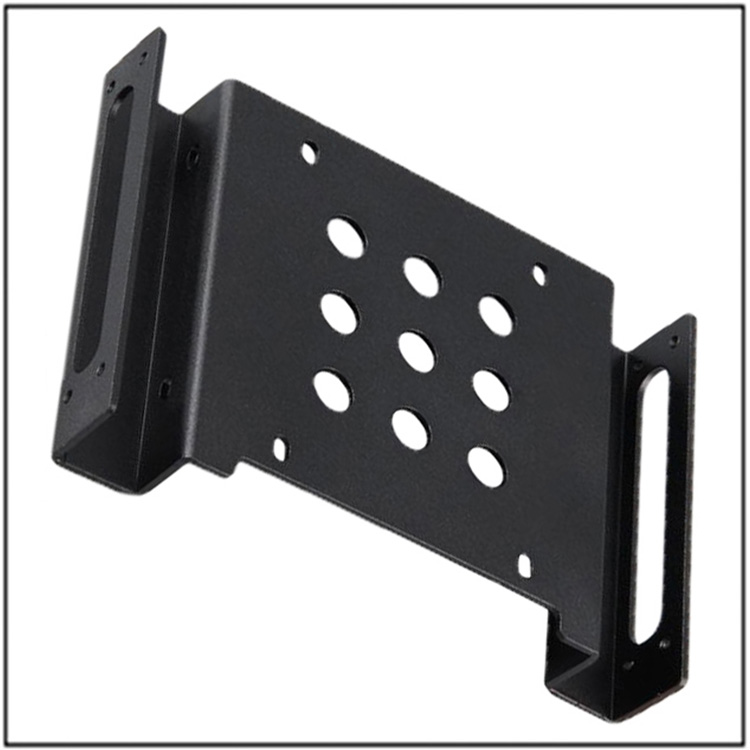
How to Control The Surface Quality of Stamped Parts?
How to control the surface quality of stamped parts during the production process
As an indispensable part of modern manufacturing, the surface quality of stamped parts not only affects the aesthetics of the product, but also directly impacts its performance, durability, and user satisfaction. Therefore, controlling the surface quality of stamped parts is crucial in the production process.
The maintenance and upkeep of molds are the foundation for ensuring the surface quality of stamped parts. The cleanliness, lubrication condition, and sharpness of the cutting edge of the mold will directly affect the surface quality of the stamped parts. Regularly cleaning the impurities and residues on the surface of the mold, using appropriate lubricants to reduce friction between the mold and the material, and timely grinding or replacing severely worn mold edges are all means to improve the surface quality of stamped parts.
Secondly, the selection and processing of raw materials are equally crucial. The chemical composition, microstructure, and surface state of raw materials all have an impact on the surface quality of stamped parts. Selecting raw materials that meet the requirements and performing appropriate surface treatments such as acid washing, phosphating, or sandblasting before stamping can significantly enhance the surface quality and stamping performance of the materials, thereby reducing defects such as scratches and cracks that may occur during the stamping process.
Reasonable process parameter settings and selection of process routes are crucial for controlling surface quality in stamping technology. The optimization of process parameters such as stamping speed, pressure, and temperature can reduce material deformation and damage during the stamping process, thereby improving the surface quality of stamped parts. At the same time, choosing appropriate stamping methods and mold structures, such as using advanced processes such as multi station continuous stamping or composite stamping, can also help improve the surface quality and production efficiency of stamped parts.
In addition, environmental control during the production process is also an important aspect that cannot be ignored. Maintaining the cleanliness of the production workshop, reducing pollutants such as dust and oil in the air, and controlling the temperature and humidity of the production environment can all help reduce surface pollution and oxidation of stamped parts and improve surface quality.
Strict quality inspection and monitoring mechanisms are important means to ensure the surface quality of stamped parts. By using advanced detection techniques and equipment such as optical microscopes, scanning electron microscopes, etc., the surface quality of stamped parts is inspected, and surface defects are detected and treated in a timely manner. At the same time, establish a comprehensive quality traceability system to record and monitor every step of the production process, in order to quickly identify the cause and take corresponding measures when problems arise.
In summary, the control of surface quality in the production process of stamped parts needs to start from multiple aspects such as mold maintenance, raw material selection, process optimization, environmental control, and quality inspection. Only by comprehensively considering and strictly controlling these factors can we ensure that stamped parts have excellent surface quality and meet the needs of the market and users.










